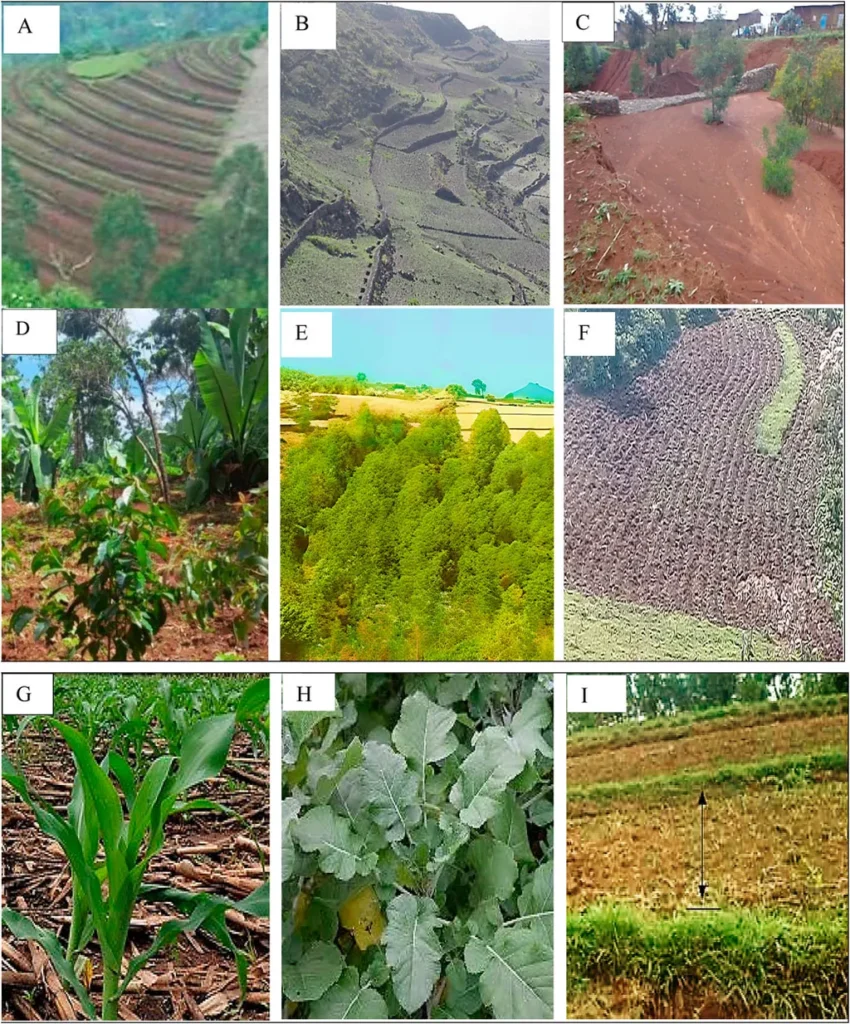In the heart of Ethiopia’s Omo Basin, the Surma watershed is a lifeline for local communities, supporting agriculture and biodiversity. Yet, this vital region is under threat from a silent menace: soil erosion. A recent study published in *Discover Environment* (translated as “Discover Environment”) has shed light on the severity of this issue, using advanced modeling techniques to assess the extent of soil loss and its potential impacts on the region’s future.
Led by Adimasu Tafesse Gontte from the Department of Geography and Environmental Studies at Wollega University, the research employs the GIS-based Revised Universal Soil Loss Equation (RUSLE) model to map soil erosion across the Surma watershed. This approach combines remote sensing imagery, topographic maps, and local meteorological data to provide a comprehensive assessment of the area’s vulnerability to erosion.
The findings are stark. According to the study, a significant portion of the watershed is experiencing high to severe soil erosion. “Approximately 26.9% of the area is facing low erosion rates, but alarmingly, 7% of the watershed is classified as extreme severe, with soil loss exceeding 60 tons per hectare per year,” Gontte explains. This severe erosion is primarily driven by agricultural practices and deforestation, which exacerbate land degradation in the region.
The commercial impacts of soil erosion on the energy sector are profound. The Omo Basin is not only crucial for agriculture but also hosts significant hydropower projects, including the Gibe III dam. Soil erosion can lead to sedimentation in rivers, reducing the efficiency of hydropower plants and increasing maintenance costs. “Sedimentation can clog turbines and reduce the lifespan of hydropower infrastructure,” Gontte notes. “This underscores the need for integrated land management strategies that consider both agricultural and energy sector needs.”
The study highlights the value of the GIS-based RUSLE model in identifying critical areas susceptible to erosion. By providing detailed spatial data, this approach enables targeted interventions to mitigate soil loss. Gontte recommends implementing soil conservation practices, enhancing vegetation cover, and developing community awareness programs to address the issue. “Future research should focus on long-term monitoring and adaptive management strategies to ensure sustainable land use,” he adds.
The implications of this research extend beyond the Surma watershed. As climate change and human activities continue to exert pressure on fragile ecosystems, advanced modeling techniques like RUSLE can play a pivotal role in informing land management policies. For the energy sector, understanding and mitigating soil erosion is crucial for ensuring the long-term viability of hydropower projects and maintaining energy security.
In a world grappling with the impacts of climate change, studies like Gontte’s offer valuable insights into the complex interplay between land use, agriculture, and energy production. By leveraging advanced technologies and fostering interdisciplinary collaboration, we can develop sustainable solutions that protect our natural resources and support economic development. As the research published in *Discover Environment* demonstrates, the path to a sustainable future lies in our ability to adapt and innovate in the face of environmental challenges.

